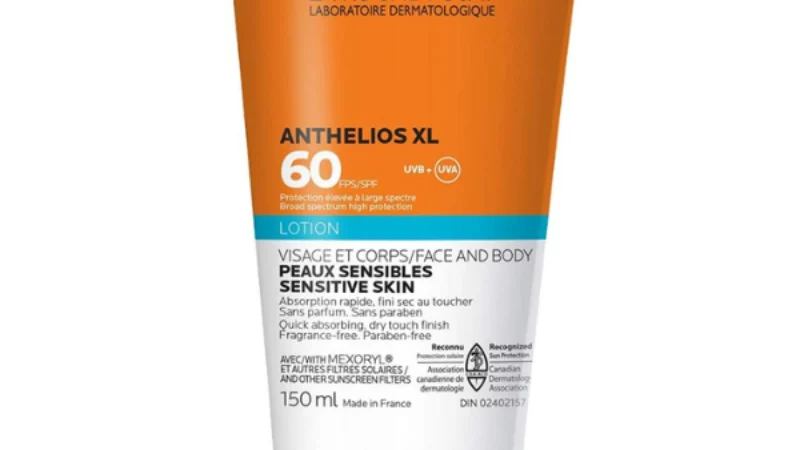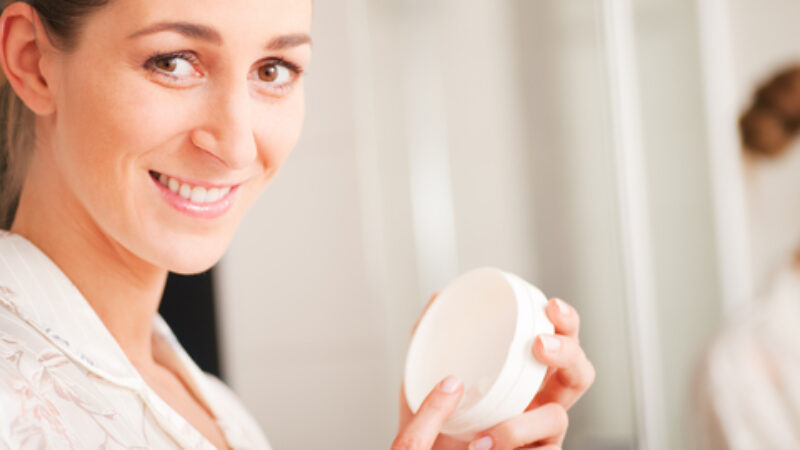Elastin is a protein found in connective tissue. It has an ‘elastic’ property that keeps skin and other tissues flexible upon stretching or contracting, helping them to retain their shape. While we think of elastin when talking about skin, it also provides an important function in other body parts including the lungs, elastic ligaments, the bladder, elastic cartilage, and the intervertebral disc above the sacroiliac.
Elastin (like the other important skin protein, collagen) tends to decrease with the aging process leading to skin that may appear wrinkled or saggy. The ‘snap test’ (the length of time it takes for skin to snap back after being pinch-pulled away) helps to give an indication of skin’s age. Young skin will snap back almost immediately while older skin can take up to several seconds to snap back. Adolescence to early adulthood see a peak in elastin production with a decline thereafter. Although we aren’t certain exactly why this occurs, it most likely has to do with changes in the skin’s make-up over time.
Although many products claim that they can, elastin cannot be delivered topically. The molecule is just too large to be absorbed. Certainly, preserving elastin or helping to boost its production can help to rejuvenate skin. Some ingredients show promise, but at present there aren’t any studies to substantiate their use wholeheartedly.
Here are some ingredients that you may want to consider:
- Prescription only retinoic acid (and interestingly, not retinol as found in Green Cream)
- MMP inhibitors. MMPs are substances that can break down elastin. Interfering with their production can help to stop elastin’s degradation
- Laser treatment or chemical peels
- Novel ingredients including tropoelastin and ethocyn. However, there is very little evidence to substantiate their usefulness.




